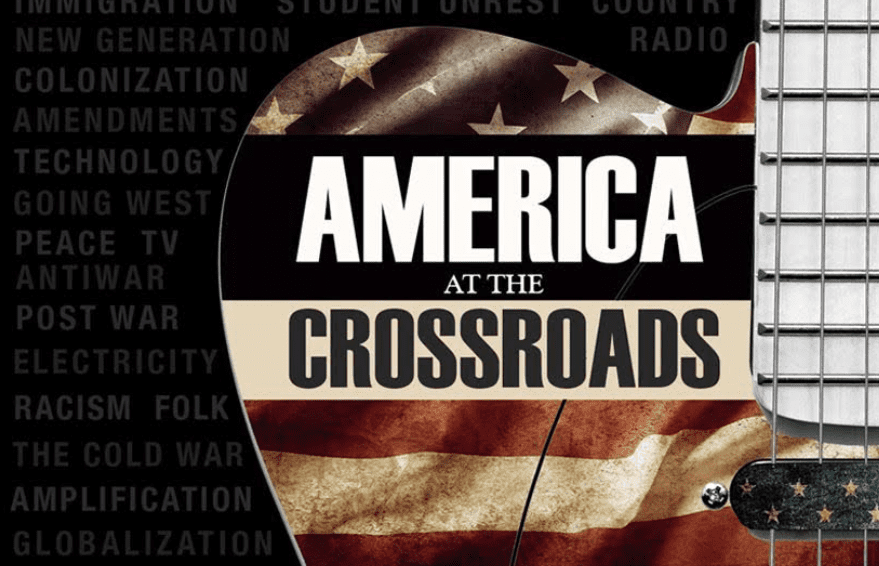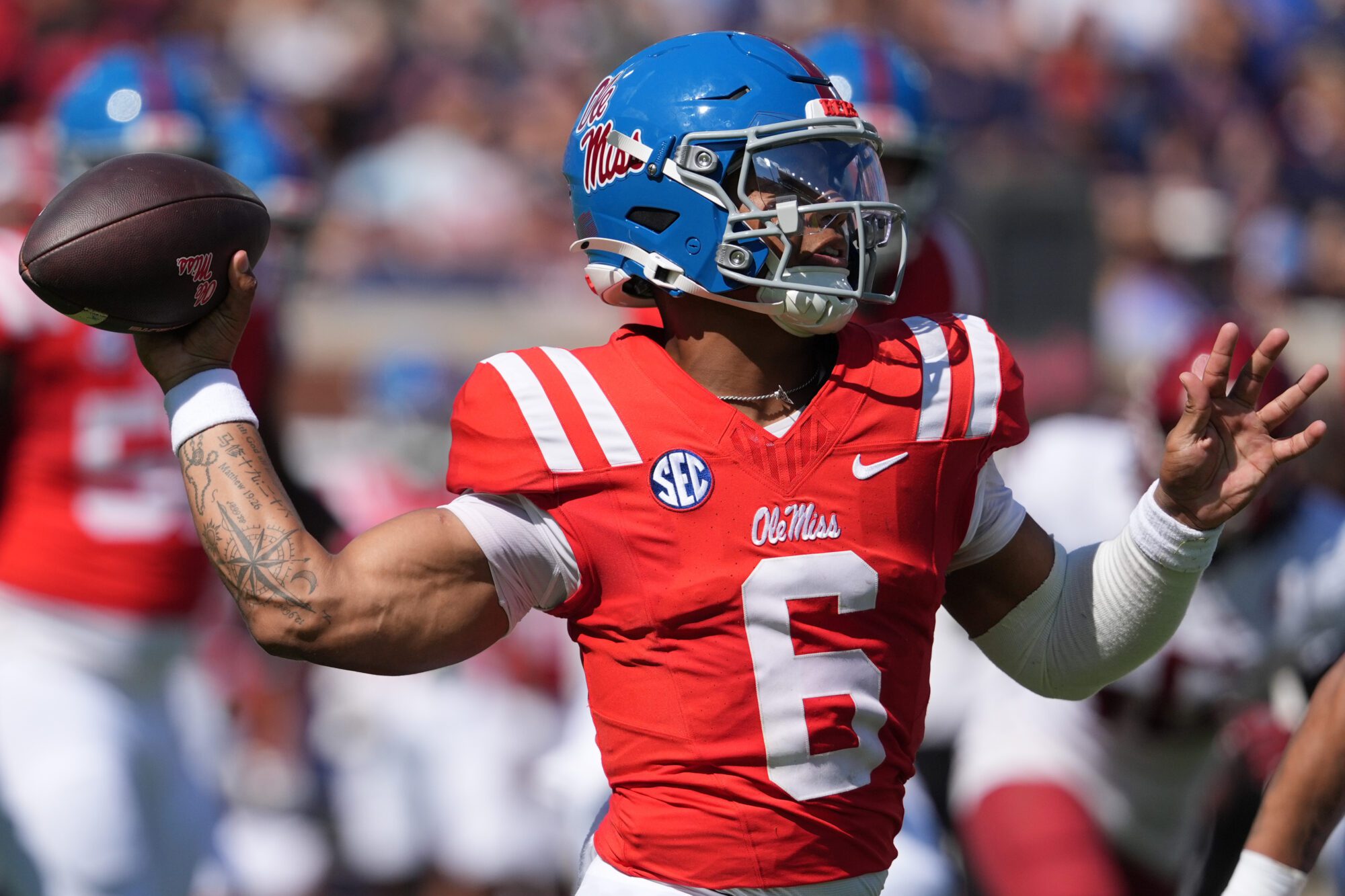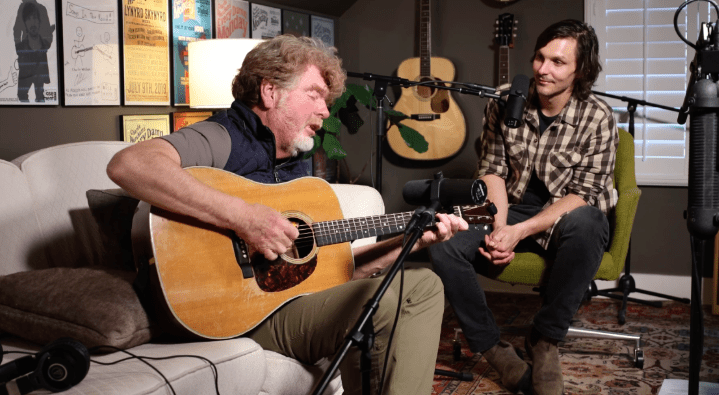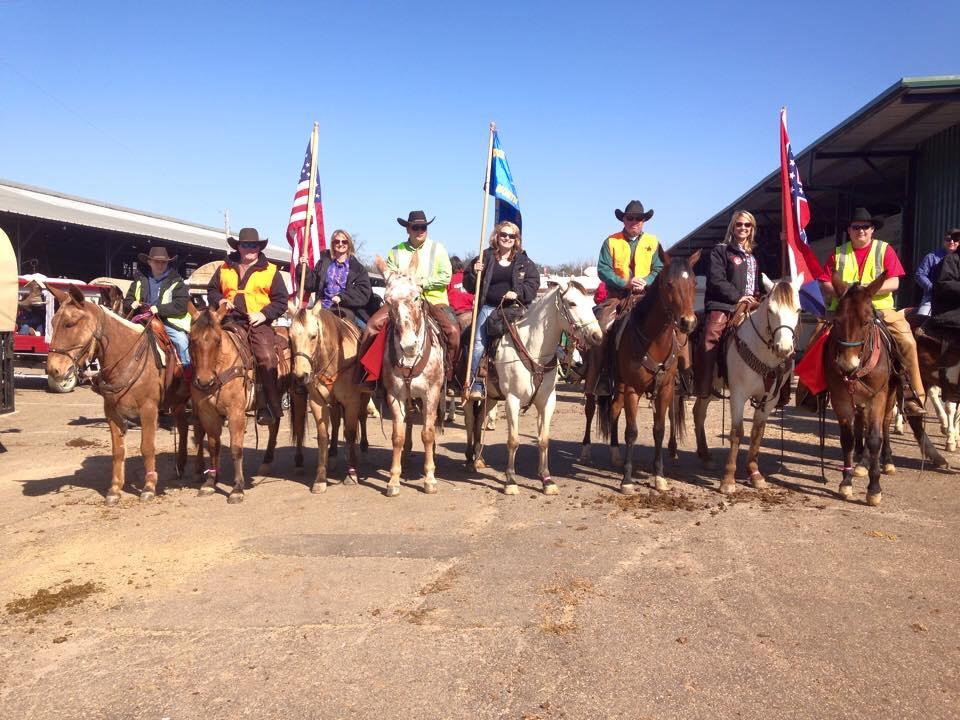
- The traveling guitar exhibition arrives at the MAX in Meridian on February 10th.
Few totems are more intimately woven into the fabric of latter-day American culture than the guitar. For more than a century, the six-stringed instrument has shaped popular music and soundtracked shifts in society from our street corners, concert halls and stadiums.
“Guitars have been here in America longer than baseball and sports cars and almost anything you can think of except guns and farm tools,” says H.P. Newquist, founder and director of the National Guitar Museum. Mississippi, he says, has a particularly important relationship with the instrument.
“Mississippi has one of the most important legacies of any state,” he says. “Just the Mississippi Delta can lay claim to not only the blues, but the beginning of electric blues.”

Beginning February 10 and running through May 11, the Mississippi Arts + Entertainment Experience (MAX) in Meridian will host a traveling exhibition that celebrates the origins, evolution and legacy of the guitar. “America at the Crossroads: The Guitar and a Changing Nation,” presented by the National Guitar Museum, will feature 40 guitars curated from a collection of about 200 historic instruments.
“This is the most significant exhibit we’ve had at the MAX since the Jim Henson exhibit in 2019, and the reason is Mississippi’s musical legacy,” says Penny Kemp, president and CEO of the MAX.
Until the 20th century, guitars were considered parlor instruments not on par with the woodwinds, brass and strings played by orchestras. “The guitar really took off when you had guitars from companies like Sears-Roebuck that were cheap enough for sharecroppers to buy,” Newquist says. “Then you had wanderlust and guys like Robert Johnson and Mississippi John Hurt,” who spread the blues from town to town and farm to farm by performing their music.
By the time guitars landed in the hands of the next generation of blues artists, including Muddy Waters, Sister Rosetta Tharpe and B.B. King, they were already helping alter the course of musical history. Young musicians on both sides of the Atlantic had adopted the guitar techniques and song structures popularized by these artists and formed bands like The Beatles and The Rolling Stones.
“I don’t think anybody could deny [blues] music inspired people like Mick Jagger and Keith Richards and Eric Clapton, who brought it back to America and later inspired people like Eddie Van Halen,” Newquist says. “[They] really gave the guitar an identity that it had never had before, and that’s largely due to the emergence of the blues from the Mississippi Delta.”
“America at the Crossroads” will feature iconic instruments like the Rickenbacker Electro A-22, nicknamed the “frying pan” for its unusual shape and widely considered the first successful electric guitar. A Martin D-28 acoustic guitar represents the folk and protest music played by Bob Dylan and Joan Baez in the 1960s, while iconic electrics such as the Fender Stratocaster and Gibson Les Paul help tell the story of the rock ‘n’ roll explosion.
A prototype of the Peavey T-60 guitar, designed and made in Meridian and played by artists like Carl Perkins and Conway Twitty, tells another part of the guitar story. Founder Hartley Peavey’s use of CNC technology in the guitar-making process made the T-60 the first guitar built, at least in part, with computers. The process allowed Peavey to maintain quality control and increased the volume of instruments that could be built. Today, virtually every guitar maker uses some form of the technology Peavey pioneered.
“The MAX is not only about telling Mississippi’s creative story, but also inspiring young people to think differently, be confident and try new things,” Kemp says. “[Hartley Peavey] exemplifies that—he followed his own path, and that’s what we want to tell young people.”
A roster of companion events will help bring the story of the guitar to life during the exhibit’s three-month run. On opening day, Hattiesburg native Adam McPhail, who has shared stages with B.B. King, CeCe Winans and others, will talk about the evolution of blues and rock guitar, chord progressions and improvisation.

Lee Harper of Tiny History Studios and photographer Bill Steber will present an illustrated talk about Harper’s vividly accurate miniature diorama of Junior Kimbrough’s juke joint, based in part on Steber’s photos taken before the Chulahoma club burned in 2000, on Feb. 15.
Tim Litchfield, a former Peavey Custom Shop luthier and founder of VTL Custom Guitars in Union, will demonstrate the guitar-building process on April 20, while blues artist Super Chikan will perform on May 10 and discuss how he builds his own guitars the following day.
“We’ve got a lot of events planned, from workshops and illustrated talks to live music,” Kemp says, “so there are a lot of different ways to get engaged with the history of the guitar and Mississippi’s influence on music that should be of interest to the whole family.”











